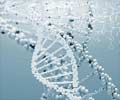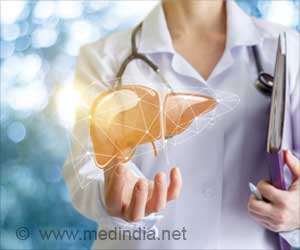A new gene therapy approach may prove to be an effective treatment for Wiskott-Aldrich Syndrome, a potentially life-threatening form of immunodeficiency, a new study suggests

The disorder that weakens the body's immune system is caused by a mutation in a gene that encodes the protein WASP. The most often used therapy is a bone marrow or stem cell transplant from a matching donor—often a sibling or relative. It can be curative for some patients – mostly those who have a strongly matching donor.
An alternative is to obtain blood stem cells from patient, and, in the laboratory, use gene therapy involving a form of retrovirus to take the normal gene into the cells to correct the defect. The patients are then given back the genetically changed blood cells back.
This approach has been successful in a number of diseases, including who had Wiskott-Aldrich Syndrome. However, over the long term, some patients with immune deficiencies, including those with Wiskott-Aldrich Syndrome, developed blood cancers.
Researchers believe the viral vector used to take the gene into the cell inserted itself next to a oncogene in the DNA, turning it on and causing the cancers.
In this new research, the team used a partially inactivated lentivirus to take the normal gene into the cell, while reducing the risk of the gene inserting next to a cancer-promoting gene.
After 20 to 30 months, the three children showed significant improvement. New blood cells had the corrected WASP gene.
Source-Eurekalert
 MEDINDIA
MEDINDIA

 Email
Email








